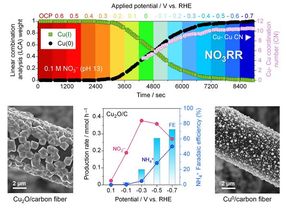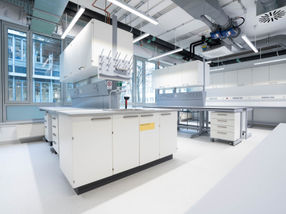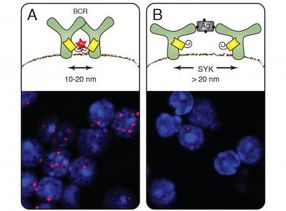How green cities could remove CO2 from the atmosphere
One gigatonne per year by mid-century: An study determines the potentials, various co-benefits and possible barriers to implementation
Advertisement
More than a thousand cities around the world now have “net zero” pledges: they want to emit only as much CO2 into the atmosphere as they can simultaneously recapture. An elaborate meta-study has now summarised the state of knowledge on which methods might be useful and what they could achieve. Conclusion: technically speaking, urban removals of this most important greenhouse gas could add up to one gigatonne (i.e. 1,000 million tonnes) per year by mid-century. The study was conducted by the Berlin-based climate research institute MCC (Mercator Research Institute on Global Commons and Climate Change) and published in the journal Nature Cities.
“The potential for carbon removals in cities is significant, but ultimately, it is also limited,” summarises Quirina Rodriguez Mendez, PhD student at MCC and lead author of the study. “From a global perspective, one gigatonne is only around a fifth of the urban CO2 emissions expected for 2050 – urban net zero by the middle of the century is therefore only realistic in cities with particularly ambitious emission reductions. Our survey can support local climate neutrality by shedding light on the range of promising removal strategies available.”
According to the meta-study, which identifies and summarises the core findings from 700 systematically identified individual papers, removing one gigatonne of CO2 is technically feasible by, for example: (1) adding 4 percent biochar to cement as a building material in urban construction, or using wood as a building material for nine out of ten new houses; in addition, (2) returning a third of all city lawns to treescapes; (3) mixing biochar into the soil of urban green spaces, street trees and roof gardens at rates ranging from 2.5 to 20 percent, depending on the soil type; and (4) equipping 15 percent of all commercial buildings with small air filters that extract the greenhouse gas from the particularly CO2-rich indoor air in urban structures.
The research team emphasises that such forms of decentralised carbon removal entail significant co-benefits alongside the climate protection effect – for environmental quality, for human health and wellbeing, as well as for economic development. This is substantiated and quantitatively estimated for each of the four removal methods analysed (i.e. building material substitution, tree planting, soil enrichment and air filters). Likewise, the study systematically analyses the potential obstacles to implementation and derives policy recommendations.
In a separate section, the study evaluates the possibility of using special colour pigments and surface materials to improve the albedo (i.e., reflectivity) of roofs, façades, pavements and roads. This would have a cooling effect on urban heat islands and save energy by reducing the need for air conditioning. For example, “cool roofs” could reduce the ambient temperature by 1.4 to 4.7 degrees, depending on the latitude. In future urban development, these strategies could go hand in hand with measures to remove CO2.
“Cities are good test sites for climate protection, with authorities having more proximity to local citizens and other stakeholders,” highlights Felix Creutzig, head of the MCC working group Land Use, Infrastructure and Transport and a co-author of the study. “Climate solutions at the local level are often ridiculed for being irrelevant, but much of what is invented and trialled locally can be scaled to other cities and can have an impact globally. Our first-ever volume estimate of urban carbon removals illustrates this point: small-scale urban policy can yield impressive results for climate protection and improvements in quality of life.”




























































